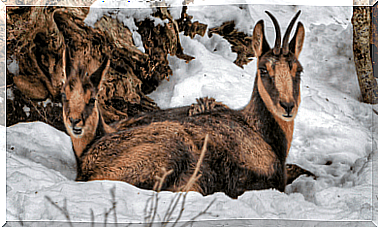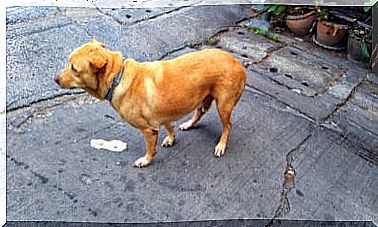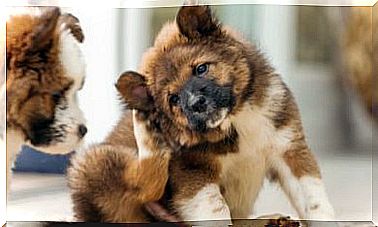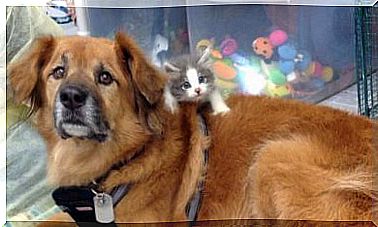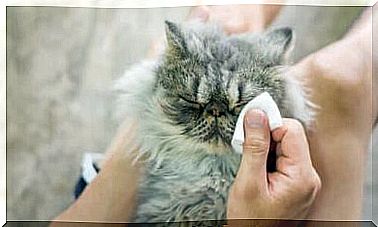Three Diseases That Affect Both Cats And Dogs

There are diseases that are inherent to some species. However, there are others that can be “shared” between animals of different breeds. In this article, we’ll tell you what diseases can affect both dogs and cats.
Can dogs and cats get sick from the same thing?
This is a very common question asked by those people who have more than one pet at home. It is also important for anyone who is thinking of bringing a new member home. Are there diseases that are shared between cats and dogs? Can a kitten infect a puppy and vice versa?
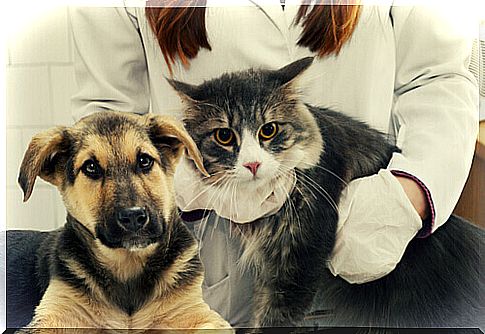
Both questions have an affirmative answer. This is because these two races have common ancestors. Dogs and cats belong to the phylum Chordata (because they have a dorsal nerve tube), the class Mammalia (because of their mammary glands) and the order Carnivora (that is, their bodies have been adapted to eating meat).
Evolution “separated” them into two different species with their own characteristics. However, they do keep aspects in common. For this reason, there are diseases that are typical of one species and not another, but there are also pathologies that are shared. It all depends on the type of virus, bacteria or fungus that is developing inside the animal.
What are the diseases shared by dogs and cats?
When you come home with a new family member, it’s critical to know their medical history. It’s especially important if we already have other pets. If you do not have this information, we recommend keeping the newcomer away from his other pet until the application of vaccines or corresponding treatments. The diseases that can be shared by dogs and cats are:
1. Internal parasites
They appear, most of the time, during the first days of life. These parasites reproduce mainly in abandoned animals or animals that live on the streets, and that do not receive veterinary attention. The main symptoms of this disease are bloated stomach and constant appetite (which does not diminish after a meal). When we vaccinate our pets, they start to excrete the parasites through their feces.
The problem with dogs, for example, is that they eat the cat’s excrement and thus can get the disease. The main diseases related to parasites in dogs or cats are: strongyloidiasis, heartworm, tapeworm, trichuriasis, hookworm and ascariasis.
2. Skin diseases
The fur of these mammals is quite similar. Although cats are more “hygienic” than dogs, they can also contract certain dermis diseases among themselves, caused by fungi and mites.
The most common diseases shared between dogs and cats are sarcoptic mange (it mainly attacks dogs and is produced by Sarcoptes Scabiei ), otodectic mange (it is caused by the kennel parasites in dogs and cati in cats, but can be transmitted from one animal to another).
Another disease of this type is cheilethyellosis (or “walking dandruff” caused by Cheyletiella spp). In addition, it can catch Malassezia Pachydermatis (which is found on the mucosal surfaces of dogs and passes on to cats with low immune systems) and fleas (those that attack cats and dogs are of different species but can affect both animals). Similarly).
3. Anger
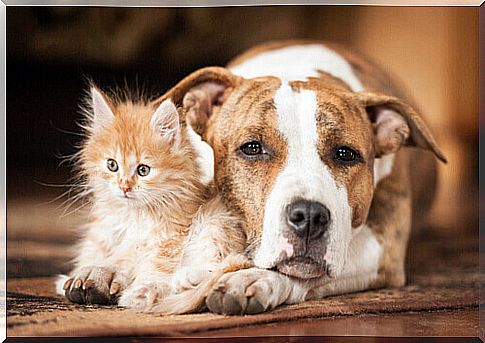
The main disease that affects dogs and cats, one species can infect the other. This viral, infectious and acute disease can affect all mammals (whether domestic or wild). In addition, it attacks the central nervous system. If not treated in time, it can lead to the animal’s death.
It is important to watch your pet’s secretions and saliva, and you should be careful with bites, as this is the main form of contagion. It is less common for a cat to get rabies unless it is bitten by a sick or wild dog and has a low immune system.
It is very important to stick to our pets’ vaccination schedule if we want to prevent them from getting sick or infecting other animals.

